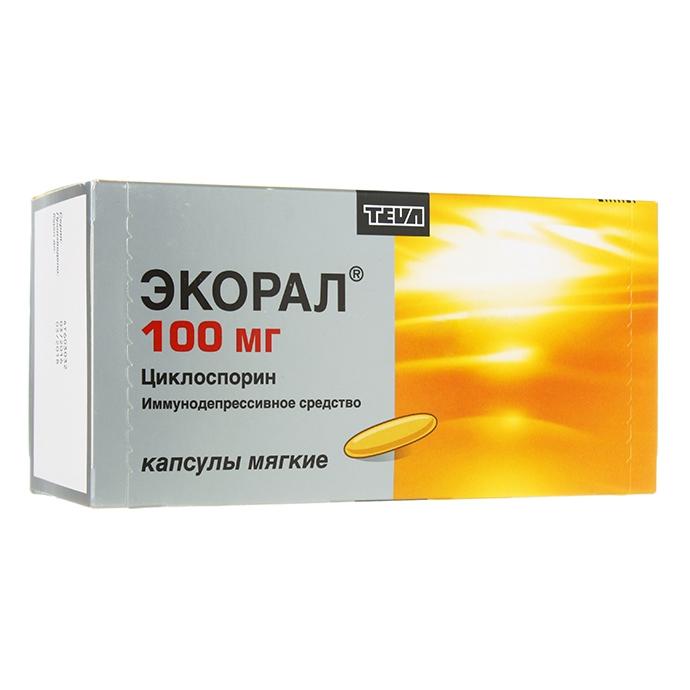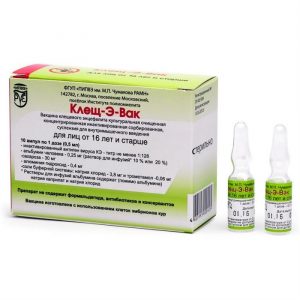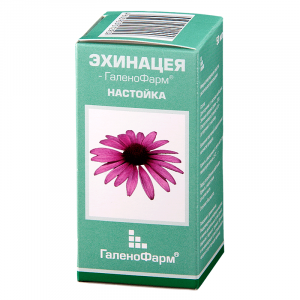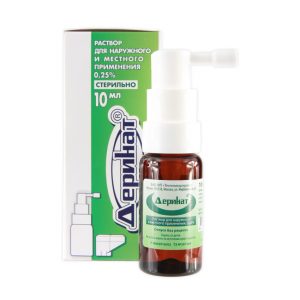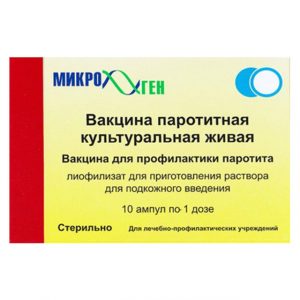Description
Release form
Capsules
Packing
50 pcs.
Pharmacological action
Ecoral has an immunosuppressive effect.
At the cellular level, inhibits the formation and release of lymphokines, including IL-2 (T-lymphocyte growth factor). Blocks lymphocytes at rest in the G0 or G1 phase of the cell cycle and inhibits antigen-dependent release of lymphokines by activated T-lymphocytes. All the data obtained indicate that cyclosporine acts on lymphocytes specifically and reversibly.
Does not inhibit hematopoiesis and does not affect the function of phagocytic cells.
Pharmacokinetics of
After oral administration, Cmax in the blood is observed in the range from 1 to 6 hours, with bioavailability averaging 30% (20 50%) and increases with increasing dose and duration of treatment. Absorption decreases after a liver transplant, with liver diseases or gastrointestinal pathology (diarrhea, vomiting, intestinal obstruction).
Intensively binds to proteins and blood cells (concentration in whole blood is 2 9 times higher than in plasma). Communication with proteins – 90% (mainly with lipoproteins). It is distributed mainly outside the bloodstream: 33 47% is present in plasma, 4 9% in lymphocytes, 5 12% in granulocytes, and 41 58% in erythrocytes. After oral administration, Tmax in plasma is 1.5 3.5 hours. It is intensively metabolized in the liver by cytochrome P4503A, to a lesser extent in the digestive tract and kidneys with the formation of 15 identified metabolites. It is excreted with bile by the kidneys with urine – 6% of the dose administered orally. Excreted in breast milk.
T1 / 2 in adults – 19 hours, in children – 7 hours, regardless of dose or route of administration.
Contraindications
Hypersensitivity to the components of Ecoral, malignant neoplasms and precancerous skin diseases, chickenpox, Herpes zoster (risk of generalization of the process), severe liver failure, hyperkalemia, hypertension, malabsorption syndrome, infectious diseases in the acute phase.
Use during pregnancy and lactation
Experience with cyclosporine in pregnant women is limited. Data obtained from patients in the post-transplant period show that treatment with cyclosporine increases the risk of adverse effects on the course and outcome of pregnancy. If necessary, the appointment of Ecoral should stop breastfeeding.
Special instructions
Data on the experience of using the drug in the elderly are quite limited, however, to date, no deviations have been recorded in the condition of patients taking the drug in the recommended dose.
If a patient has an increase in blood pressure during treatment with cyclosporine, an increase in creatinine (more than 30% of the initial value), a dose reduction of 25-50% is necessary. If it is not possible to control a side effect or in case of severe renal impairment, the drug is canceled.
Composition
1 caps. contains cyclosporin 100 mg, excipients: ethyl alcohol macrogol glyceryl hydroxystearate polyglyceryl (3) oleate polyglyceryl (10) oleate D, L-alpha-tocopherol
Dosage and Administration
Inside. Ecoral capsules should be swallowed whole, washed down with water. The daily dose is divided into 2 doses. The following dose ranges for Ekoral are just recommendations. Blood cyclosporin concentrations should be monitored. Based on the results obtained, the dose necessary to achieve the desired level of cyclosporin concentration in various patients is determined.
For adults with a bone marrow transplant on the day preceding the transplant, Ecoral is administered intravenously at a dose of 3-5 mg per kg of body weight per day, then continued at the same dose for 2 weeks, and then they switch to maintenance therapy in capsules. When an organ transplant is performed, 4-12 hours before the operation, it is prescribed once at a dose of 3-5 mg per kg of body weight, then for 1-2 weeks after the operation, the Ecoral drug is prescribed daily in the same dose, then the dose is gradually reduced until a maintenance dose is reached doses of 0.7-2 mg per kg of body weight per day.
Side effects
In the first week of applying Ekoral, a burning sensation on the skin of the limbs is possible. After organ transplantation, the most common occurrences are: hypertrichosis, tremor, impaired renal function and liver dysfunction, gum hypertrophy, gastrointestinal disorders (anorexia, nausea, vomiting), dose-dependent and reversible increase in creatinine, urea, bilirubin, liver enzymes in the blood serum (careful monitoring parameters and dosage adjustment of cyclosporine).
During a heart transplant, hypertension most often develops, with a kidney transplant, this side effect is less common.
When a bone marrow transplant occurs most often: gastrointestinal tract disorders, tremor, hypertrichosis, swelling of the face is possible. Children have swelling and cramps.
Adverse reactions are mild and usually resolve with a reduced dosage of Ekoral.
Drug Interactions
Inducers or inhibitors of cytochrome P450 can lower or increase the concentration of cyclosporin in the blood.
Drugs that reduce the concentration of cyclosporine: barbiturates, carbamazepine, phenytoin, nafcillin, sulfadimidine (with iv) rifampicin, octreotide, probucol, orlistat preparations containing hypericum perforatum (hypericum perforatum) troglitone.
Drugs that increase the concentration of cyclosporine: some antibiotics – macrolides (mainly erythromycin and clarithromycin) ketoconazole, fluconazole, itraconazole, diltiazem, nicardipine, verapamil, metoclopramide, oral contraceptives, danololone, amazolephenolone, amazolephenolone, isolodolone, isolodolone, isolodolone derivatives.
Oral administration of erythromycin should be avoided (increases the concentration of cyclosporine in the blood). If, due to the lack of alternative therapy, erythromycin is prescribed, it is recommended to carefully monitor the concentration of cyclosporin in the blood, kidney function and the presence of side effects of cyclosporine.
Caution should be exercised while prescribing drugs with a nephrotoxic effect, for example: aminoglycosides (including gentamicin, tobramycin), amphotericin B, ciprofloxacin, vancomycin, trimethoprim (+ sulfamethoxazole), NSAIDs (including diclofenac, naprox sulindaka), melphalan.
During treatment with cyclosporine vaccination may be less effective, live attenuated vaccines should be avoided.
Combined use with nifedipine can lead to more pronounced gingival hyperplasia than with cyclosporine monotherapy.
May significantly increase the bioavailability of diclofenac (probably due to decreased metabolism) with the possible development of a reversible impaired renal function.
May reduce the clearance of digoxin, colchicine, lovastatin and prednisolone, leading to increased toxic effects, in particular muscle pain, weakness, myositis and, in rare cases, rhabdomyolysis.
Overdose
There are no data on drug overdose to date and there is limited experience with overdose of other cyclosporins.
Symptoms: Renal dysfunction that is likely reversible and disappear after drug withdrawal.
Treatment: According to indications – general supportive measures. The drug can only be excreted by non-specific measures, including gastric lavage, as hemodialysis and hemoperfusion using activated carbon are ineffective.
Storage Conditions
In a dark place at a temperature not exceeding 25 ° C.
active substance
Cyclosporin
Pharmacy terms
Prescription
Dosage form
capsule
Teva Pharmaceutical Enterprises Co., Ltd. Israel
